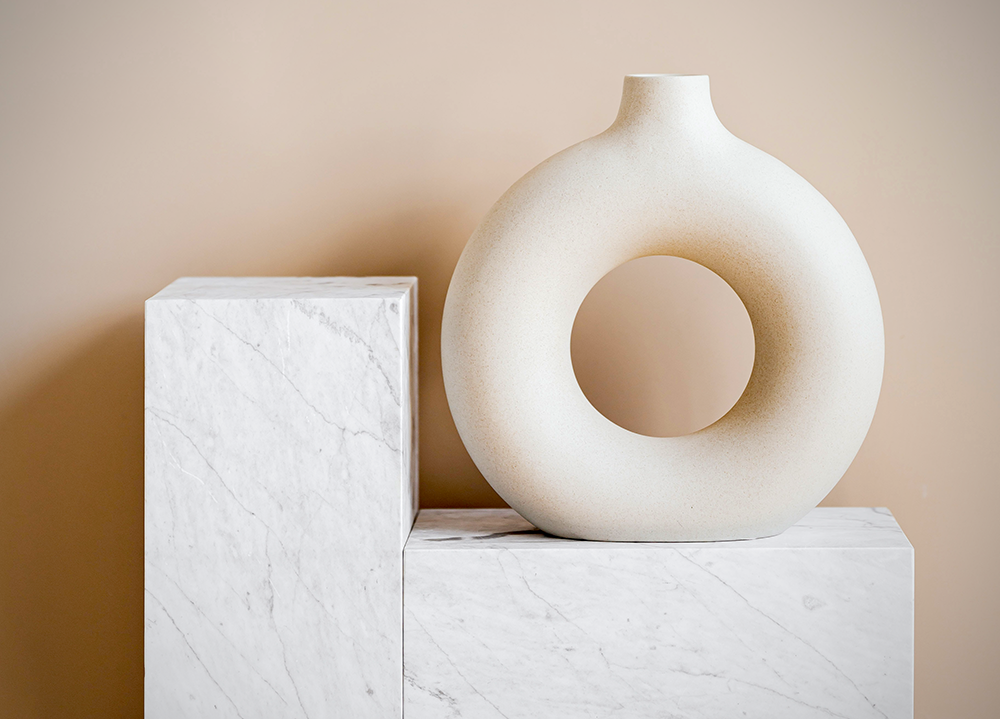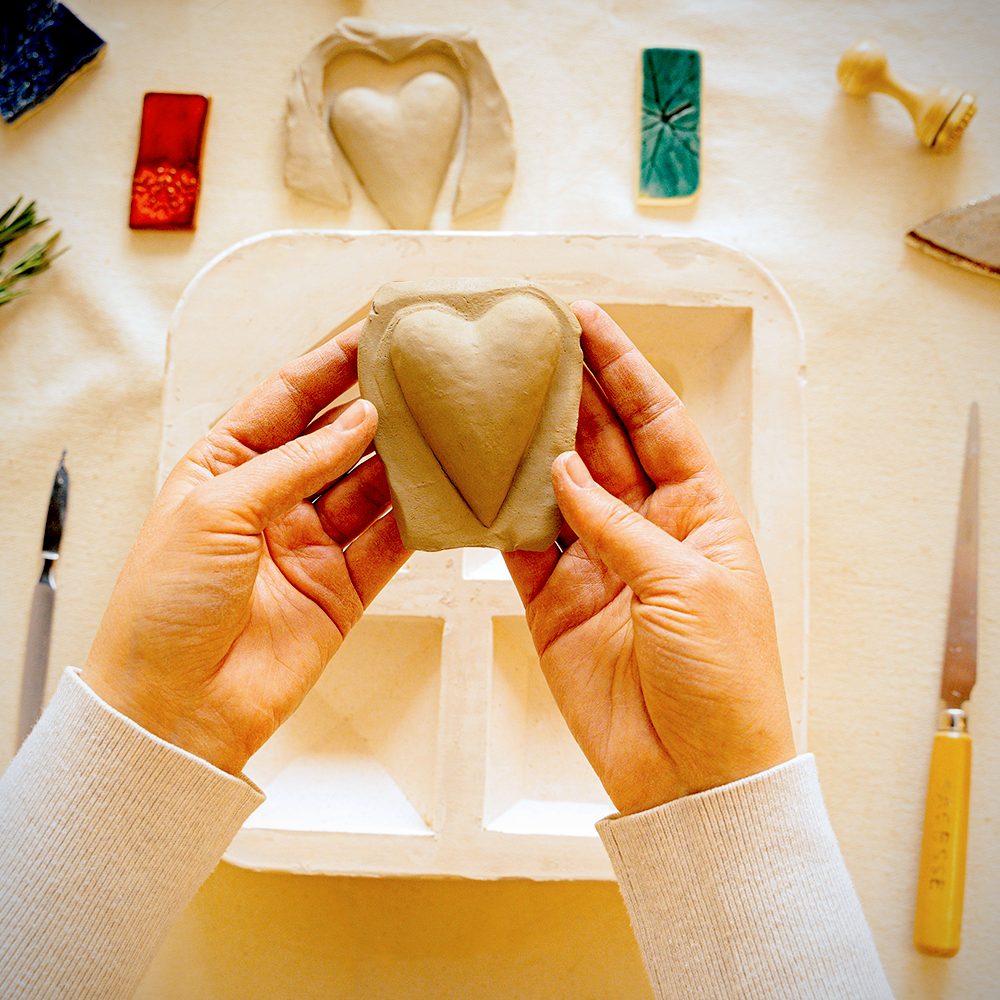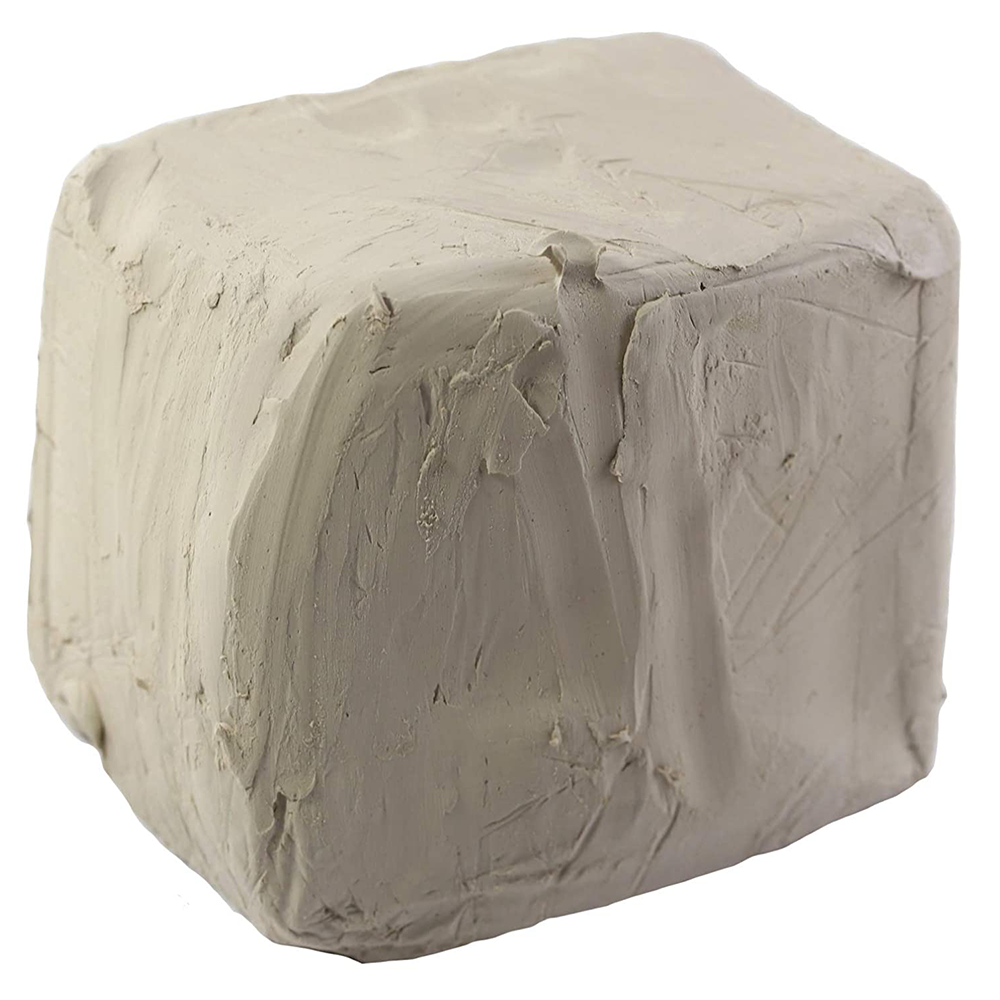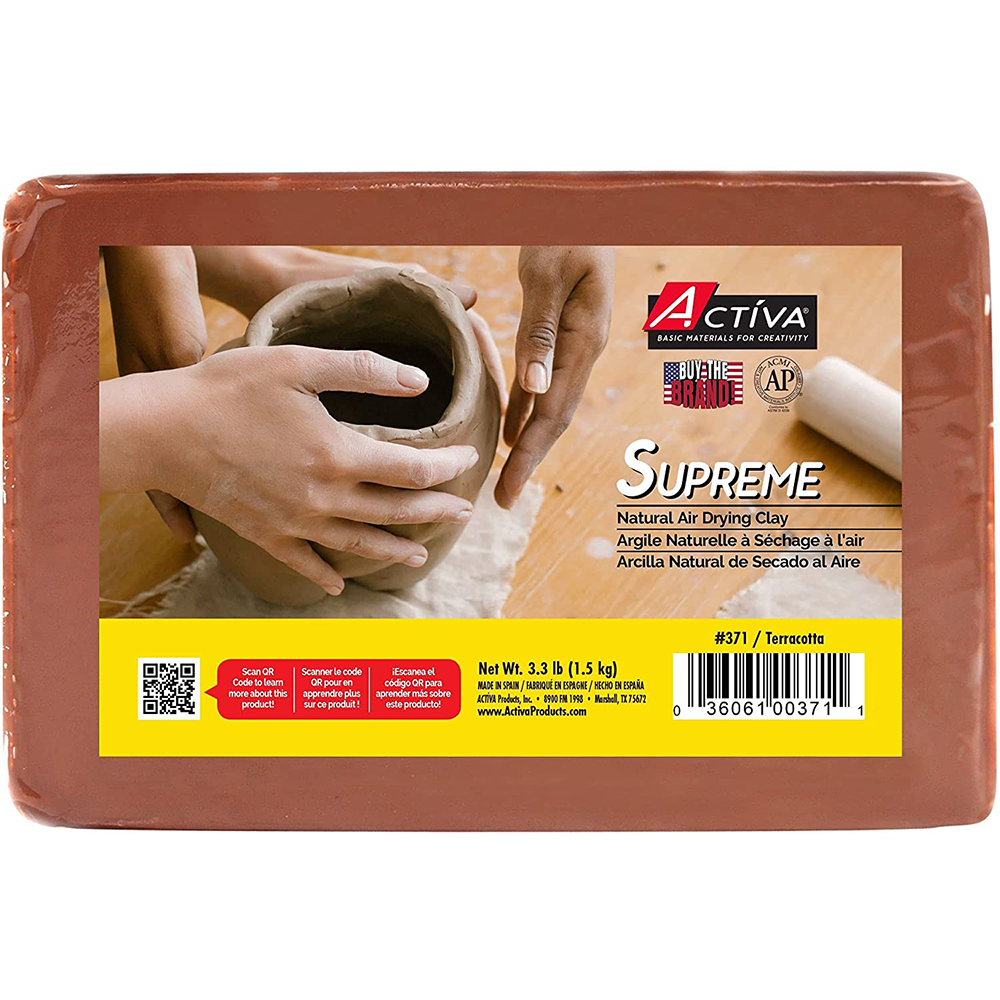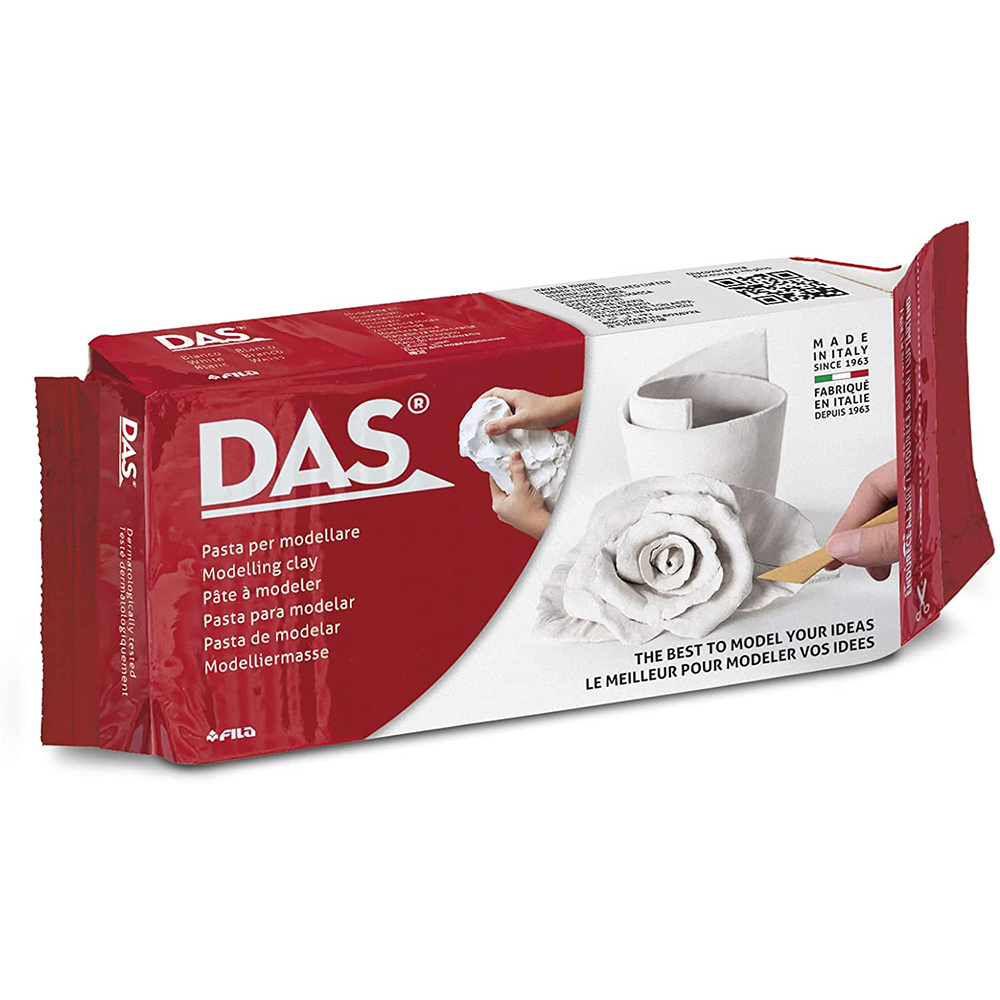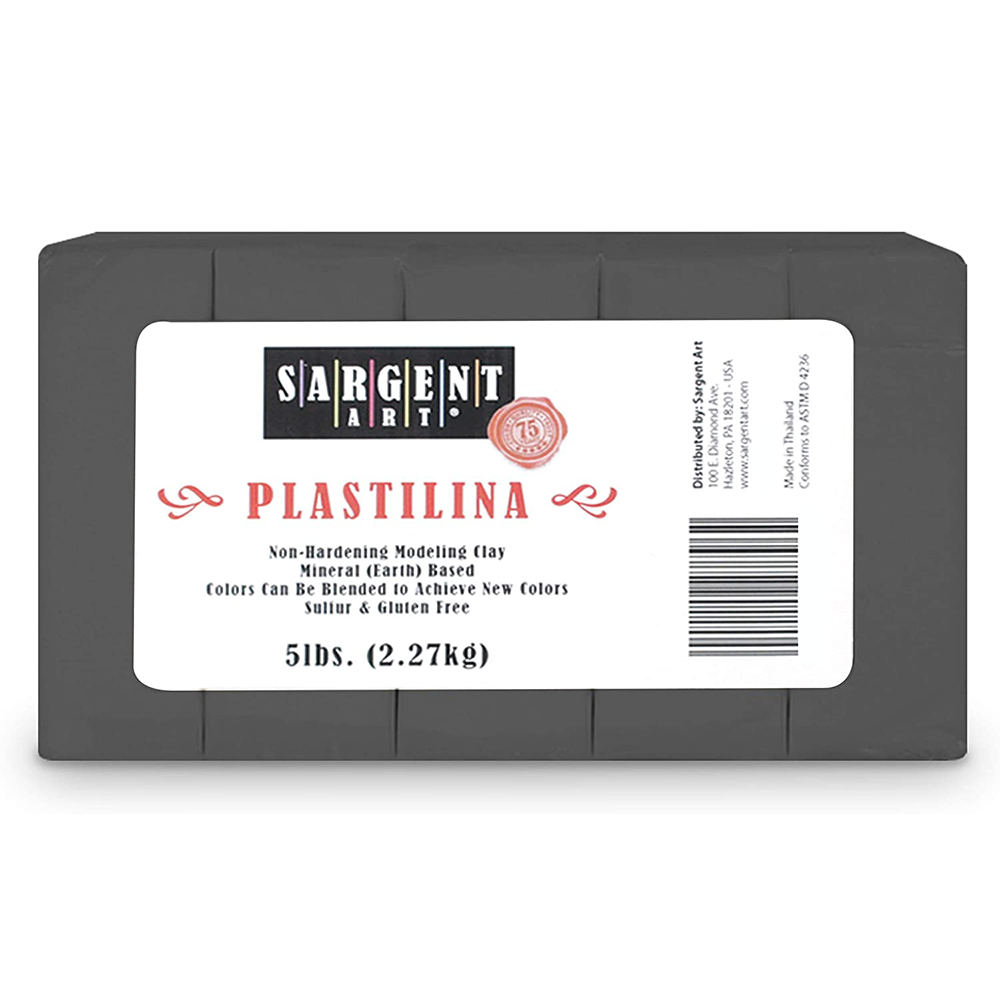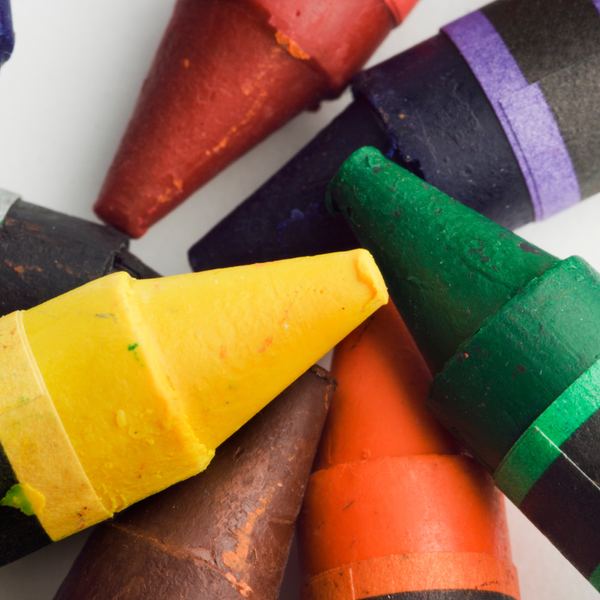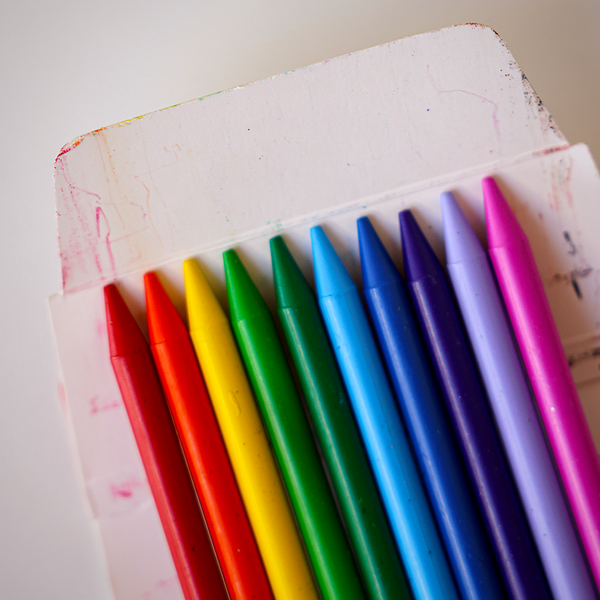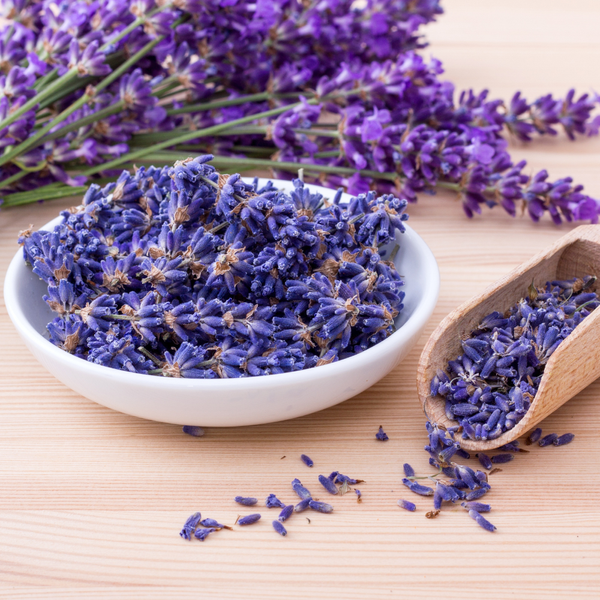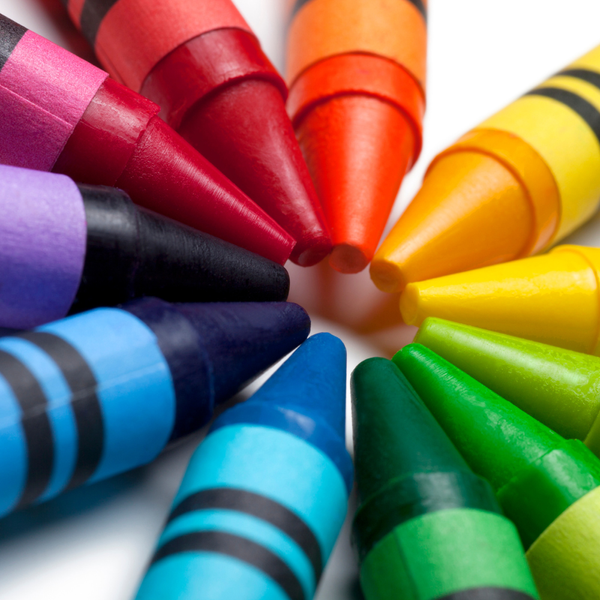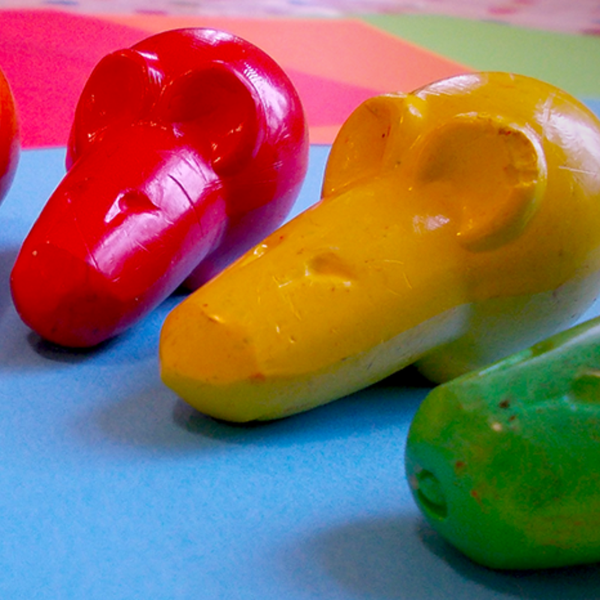If you're an artist that loves working with ceramics, look no further than sculpting clay!
We know how much you love working with ceramics.
That's why we've searched high and low to find the best sculpting clay out there.
It's easy to work with, and it'll help you create sculptures that are beautiful and unique.
We think you'll love working with these clays as much as we do.
It's perfect for artists of all levels, so don't hesitate to give it a try!
You won't regret it, so start sculpting!
Read on to browse our selection of the best clay for sculpting!
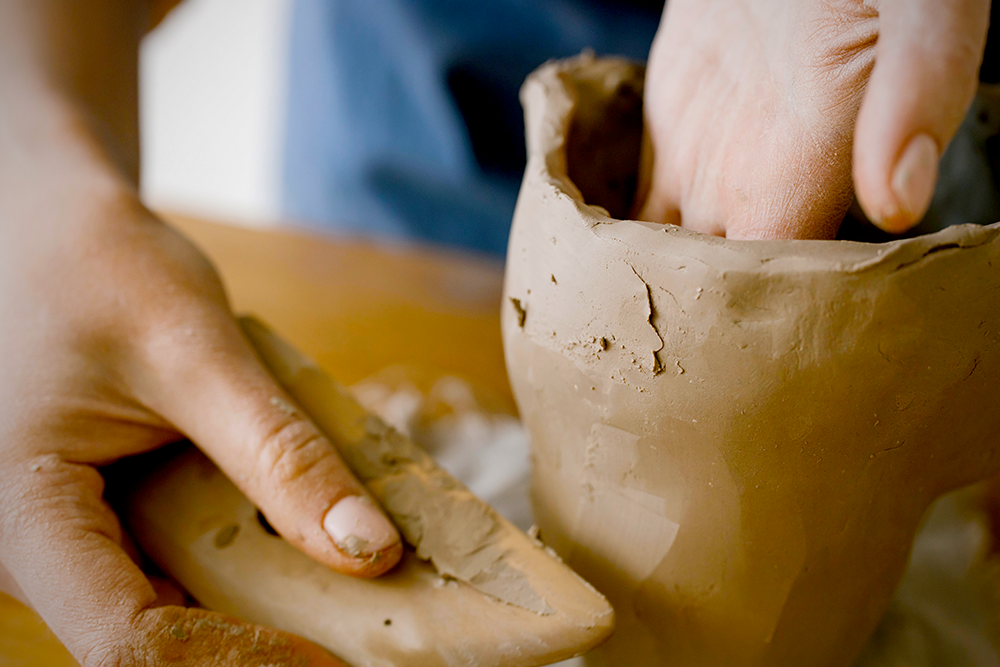
How We Choose Our Selections
Trying to find the best clay for sculpting can be daunting, especially if you're a beginner.
It can be tough to know where to start when looking for sculpting clay.
Do you go with the cheapest option?
The most popular?
What about the brand that your favorite artist uses?
We've done all of the hard work for you and have read thousands of reviews on Amazon to find the best clay for sculpting.
Whether you're an artist, student, or hobbyist, we've found products for all skill levels.
Clay is a great, versatile art medium to work with and has a wide range of applications.
Pick up some sculpting clay today and experience all the creative possibilities for yourself!
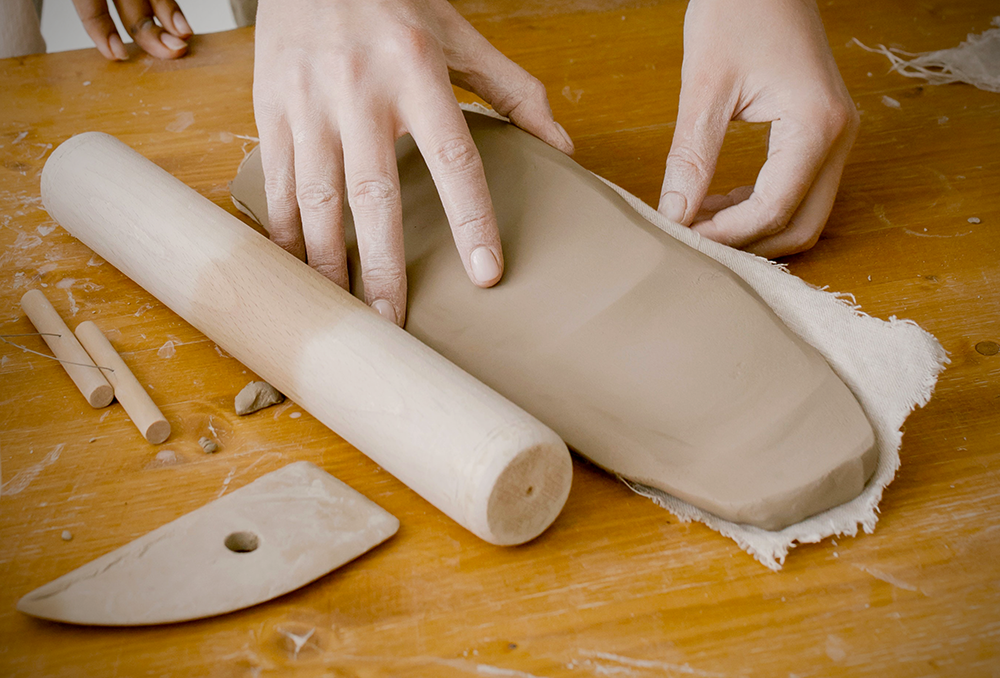
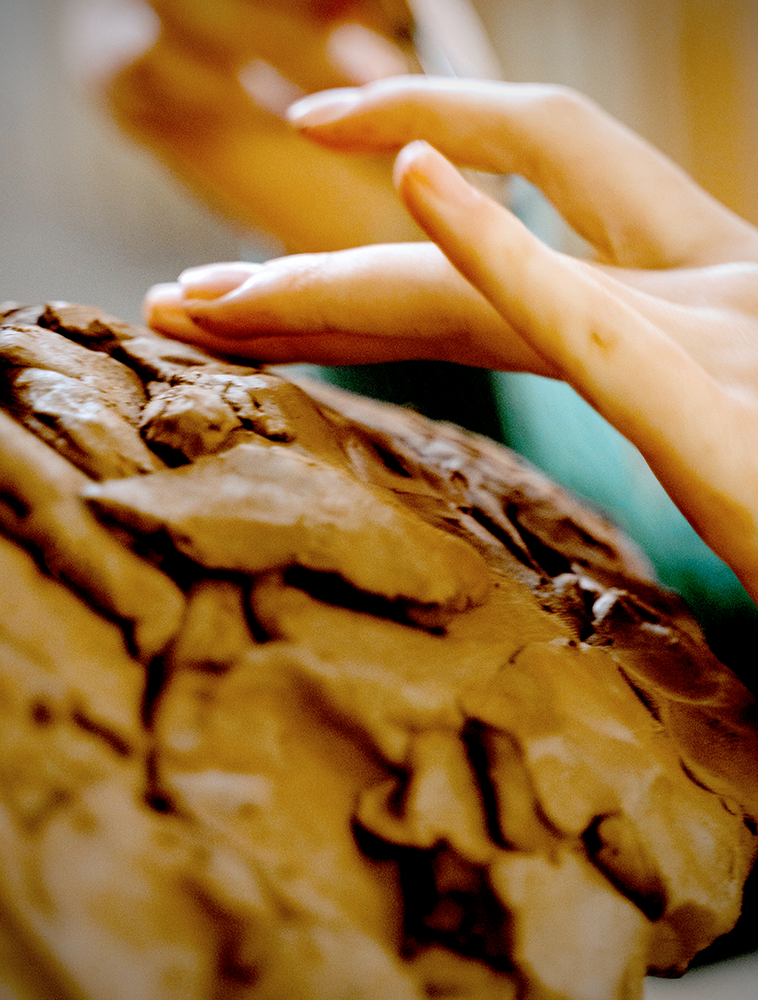
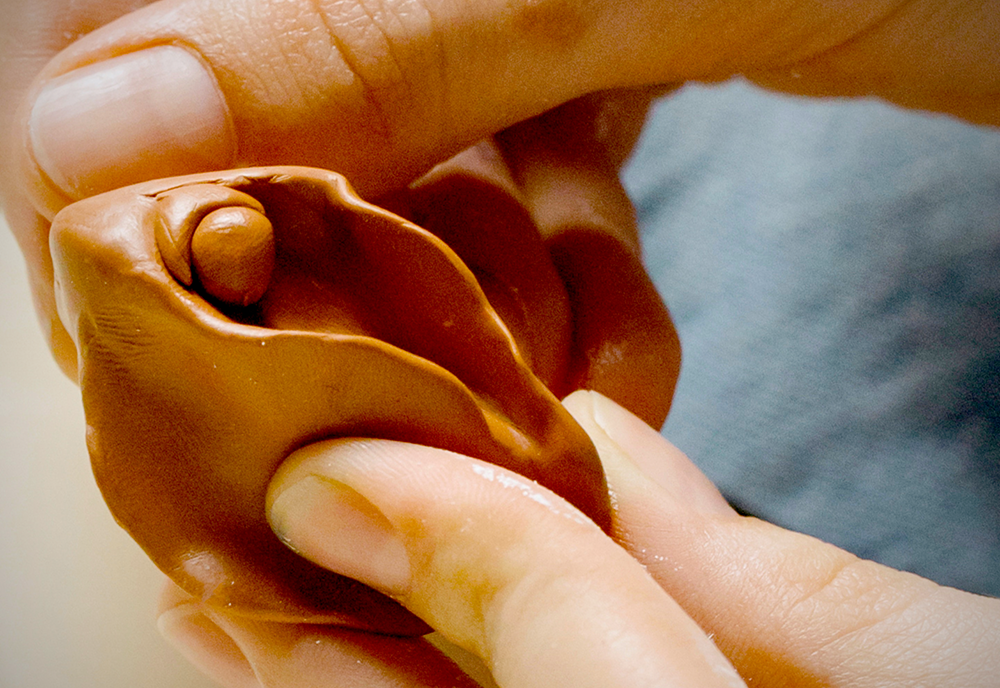
Why We Love It
Want a versatile, reliable clay that you can use for all your modeling needs?
Look no further than Craftsmart all-purpose modeling clay!
This 10-pound block of white clay is perfect for sculpting, throwing on a pottery wheel, or hand modeling.
Gray and terra cotta clay are two additional color options.
It’s also great for students, hobbyists, and artists of all ages.
Craftsmart all-purpose modeling clay is a great value at an affordable price.
Customers love how easy Craftsmart all-purpose modeling clay is to use.
You'll love sculpting with this versatile clay!
What You Should Know
Craftsmart clay air dries, so you don't have to worry about it drying out before you're finished.
You can also add water to re-soften it if needed.
Since it’s nontoxic, you can use it with confidence knowing that it’s safe for both you and any other creators you share it with.
Once you're finished sculpting, Craftsmart recommends sealing with shellac to waterproof your art.
Why wait?
Get creative with Craftsmart all-purpose clay today!
Why We Love It
We all have a little bit of creativity inside of us waiting to be unleashed, and with the right tools, there's no telling what we might create.
That's where Activa Supreme artist's clay comes in.
This premium, professional-grade clay is perfect for bringing your artistic visions to life.
Made from natural earth clay, it's ultra-fine grain gives you phenomenal plasticity, versatility, and detail, making it perfect for creating anything your imagination can dream up.
Plus, it's self-hardening and air dries, so you don't have to worry about kiln firing.
Go ahead and let your creativity run wild with Activa Supreme terracotta clay.
What You Should Know
If you're looking for a sculpting clay that's versatile, easy to use, and non-toxic, Activa Supreme Artist's Clay is an excellent option.
It self-hardens and cures with minimal shrinkage within 24 hours, so you don't have to worry about it drying out or cracking as it dries.
The clay also comes in a white color, which is perfect for creating bright and detailed sculptures.
Whether you're a beginner or a seasoned artist, Activa Supreme Artist's Clay is a great choice for all your sculpting needs.
Pick up this clay for yourself and unleash your imagination!
Why We Love It
DAS modeling clay is the perfect way to let your creativity flow!
This 2.2-pound block of white, air-drying clay can be used for sculpting and modeling, and it’s perfect for all ages.
The clay is easy to use and dries quickly, so you can create amazing sculptures in no time.
Let your imagination run wild and see what you can create with DAS modeling clay!
What You Should Know
DAS sculpting clay is a great choice for anyone looking for a high-quality clay that doesn't require oven or kiln baking.
You can find this clay in a variety of colors, including terra cotta and stone, making it perfect for any project.
This clay is also an Amazon's Choice product, so you can be confident that you're getting a quality product.
DAS sculpting clay is a great choice for both studio and classroom use, and it's an excellent way to get started with sculpting.
Pick up this sculpting clay today, so you can get started on your next ceramic project!
Why We Love It
Searching for a versatile clay that’s perfect for both beginners and experts?
Look no further than Sargent Art Plastilina clay!
This gray clay block is soft and pliable, yet never hardens or dries out, so you can use it over and over again.
Perfect for sculpting, modeling, and other creative applications, Plastilina clay is a great choice for anyone who wants to explore their artistic side.
Since it’s nontoxic and can be reused countless times, it’s also a safe, budget-friendly option perfect for practicing and honing skills.
What are you waiting for?
Get creative with Sargent Art Plastilina clay today!
What You Should Know
Sargent Art's sculpting clay is a versatile, mineral-based clay that is perfect for endless use, modeling, and prototyping.
This clay is suitable for all ages and is nontoxic, making it a safe and fun option for sculpting and exploring your creativity.
The clay is also non-hardening, so you can enjoy your sculptures for as long as you like without them becoming permanently hardened and re-use it as you please.
Whether you're a beginner or a seasoned sculptor, Sargent Art's sculpting clay is a great option for you.
Pick up this sculpting clay today, get creative, and have fun!
Why We Love It
With Arteza’s oven-bake clay kit, you can let your creativity run wild!
This 42-piece set comes with vibrant colors that can be mixed, matched, and blended to create endless possibilities.
The soft and pliable clay is easy to sculpt, model, and mold into a variety of products, making it a great activity for both kids and adults.
The included 5 sculpting tools add even more versatility to this already awesome kit.
What You Should Know
Arteza’s sculpting clay is a great choice for anyone looking for a quality product that is also easy to use.
This clay is ready within minutes after being baked in the oven, making it a great option for those who don't want to wait long for their clay projects to harden.
The company that makes this sculpting clay is passionate about creating accessible, inspiring art products, and it shows in the quality of the product.
Best of all, this sculpting clay is an Amazon’s Choice product, so you know you’re getting a quality product that is also highly rated by users.
What are you waiting for?
Get started on your next masterpiece today with Arteza's sculpting clay!
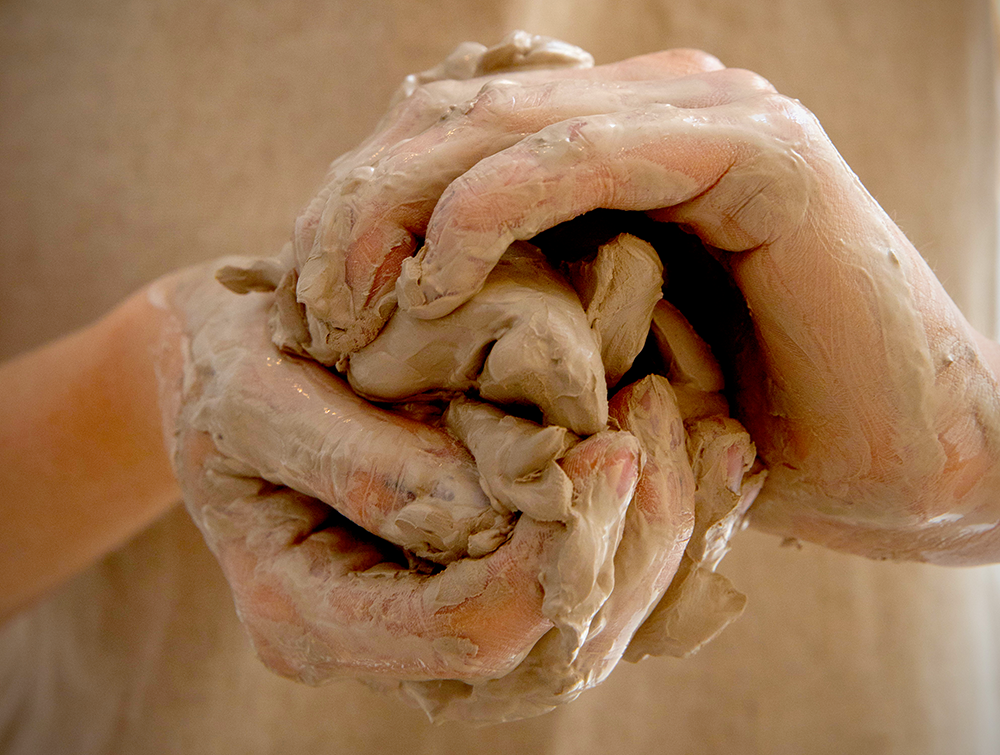
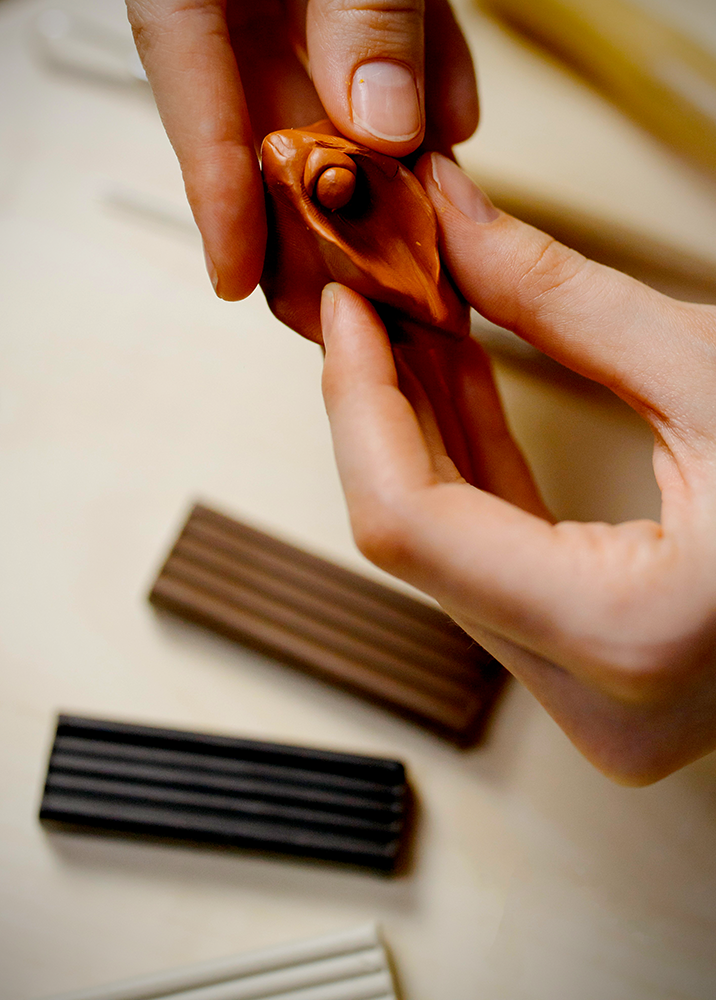
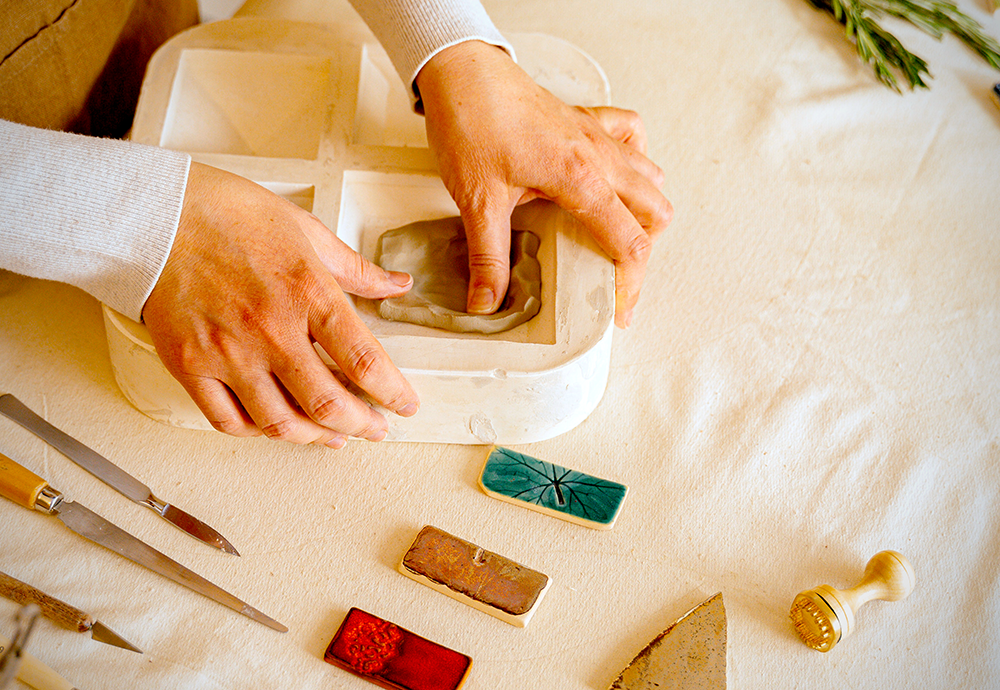
Clay Sculpting FAQs
Starting a new hobby, trying a new art medium, or finding a new art supply can be a little intimidating at first.
You might be curious, wanting to learn something new, but you're not sure where to start.
To make matters worse, there's a vast sea of supplies, brands, and options to choose from, further complicating things.
With so many different types of clay to choose from, how do you know which is the best option for sculpting?
We've compiled a list of some of the most frequently asked questions about sculpting clay, so you can make an informed decision before buying.
Whether you're looking for the perfect gift for your loved ones or are looking to add to your art supplies, you'll leave feeling confident after reading this guide.
Can any clay be used for sculpting?
All clays are basically composed of the same minerals, so any clay can be used for sculpting.
The main difference between different types of clay is the way they handle water and how easy they are to work with.
For example, some clay types become very hard when they dry, while others remain soft.
Some clays also contain more plasticizer than others, which makes them easier to shape.
It's important to choose a clay that is suitable for the type of sculpture you want to create.
There are many types of clay that can be used for sculpting, but the most popular type is probably modeling clay.
This type of clay is usually composed of a few different materials, including kaolin, water, and lime.
It's a fairly soft clay that can be easily molded and sculpted, and it dries fairly quickly.
There are also several other types of clay that can be used for sculpting, including oil-based clay and polymer clay.
Each type of clay has its own unique properties that make it suitable for certain types of sculptures.
If you're new to sculpting, it's best to start out with a soft, pliable modeling clay.
Modeling clay is rather forgiving, making it perfect for honing your skills.
What are the main types of clay?
There are four main types of clay that are used in ceramics and pottery: earthenware, stoneware, porcelain, and bone china.
Each type has its own properties and is best suited for different uses.
Earthenware is the most common type of clay used in ceramics.
It is a red or white clay that is not very refined, so it contains impurities such as iron oxide that give it a reddish color.
Earthenware is fired at a lower temperature than the other types of clay, so it is not as strong or durable.
However, it is easy to work with and very forgiving, making it a good choice for beginners.
Stoneware is a grey or brown clay that is more refined than earthenware.
It is fired at a higher temperature, making it stronger and more durable.
However, stoneware is more difficult to work with and can be very unforgiving if not handled correctly.
Porcelain is a white clay that is very refined and contains few impurities.
It is fired at an extremely high temperature, making it the strongest and most durable type of clay.
Porcelain is also the most difficult type of clay to work with and can be very unforgiving if not handled correctly.
Bone china is a type of porcelain that contains bone ash.
It is fired at a very high temperature, making it strong and durable.
Bone china is also difficult to work with and can be very unforgiving if not handled correctly.
Other types of clay can include air-dry clay, modeling clay, and polymer clay.
Air-dry clay is a type of clay that does not need to be fired in order to harden.
Modeling clay is a type of clay that is soft and easy to work with.
Polymer clay is a type of clay that is made from polymers and is available in a wide variety of colors.
You can also make your own "clay" using household items.
Combine your "clay" flour with salt, oil, and water to make what is better known as salt dough.
This is a simple, easy, affordable way to start off practicing your sculpture skills.
Now that you know the basics of clay and sculpting clay, it's time to choose the right type of clay for your project.
Have fun and experiment with different kinds of clay to find the perfect fit for you and your needs!
What type of clay is best for beginners?
There are a few things to consider when deciding what type of clay is best for beginners.
One is the hardness of the clay.
Soft clay is easier to work with and doesn't require as much skill to manipulate.
This kind of clay is also less likely to crack or break during firing.
Hard clay, on the other hand, takes more skill to work with but are stronger and less likely to break during firing.
Another thing to consider is the color of the clay.
Light-colored clay tends to be easier to work with because it's less likely to discolor during firing.
There are even kinds of clay that don't require firing or baking, like air-dry clay or modeling clay.
For beginners, we recommend a soft, pliable modeling clay.
This type of clay is forgiving and easy to work with, making it perfect for those just starting out.
Have fun and experiment with different types of clay to find the right one for you!
How can beginners sculpt clay?
Sculpting with clay is a very rewarding experience, but it can be daunting for beginners.
The first thing you need to do when sculpting with clay is to condition the clay.
This simply means working the clay until it's pliable and easy to work with.
Once you've conditioned the clay, you can start shaping it into whatever form you want.
There are a few basic techniques that you can use when shaping clay.
These include rolling, coiling, pinching, and slab construction.
Experiment with each of these techniques to see which ones work best for you.
When you're sculpting with clay, the most important thing to remember is to have fun!
Don't be afraid to experiment and make mistakes.
That's all part of the learning process.
The best way to learn how to sculpt clay is by starting out with simple projects.
Try making a pinch pot or a bowl.
Choose a type of clay that is easy to work with, such as polymer clay.
Make sure the clay is properly conditioned before you start working with it.roll the clay into a ball then flatten it slightly.
Apply pressure to the center of the clay while you are rotating it with your fingers to create a cone shape.
Use your thumbs and index fingers to form the walls of the pot by pressing down on both sides of the cone.
Finish shaping the pot by using your palms and fingers.
Add details, such as handles, using a thin piece of wire or another tool.
Allow the pot to air-dry and bake it according to the clay's instructions.
After it dries, you can add color using acrylic paint or other coloring agents.
Once you get the basics down, you can challenge yourself with more complicated sculpture projects.
Build your confidence and skill set, so you can tackle any project you can think of!
Is air-dry clay good for sculpting?
Air-dry clay is a great option for sculpting, as it is easy to work with and readily available.
However, it does have some downsides.
It can be crumbly and difficult to achieve fine detail, and it takes longer to dry than other clay types.
Still, air-dry clay is a great beginner's option for exploring sculpture.
There are many different types of air-dry clay on the market.
Try a few air-dry brands/types to see which one you like best.
Some popular brands include Crayola air-dry clay (Model Magic), Floetrol air-dry modeling compound, Amaco air-dry clay, and LaDoll air light clay.
I know the kids I babysit love to work with Crayola air-dry clay.
To get started working with air-dry clays, start by conditioning the clay.
This will make it pliable and easy to work with.
Once the air-dry clay is conditioned and ready, you can start shaping it into whatever form you desire.
When sculpting air-dry clays, you can use a few simple techniques; some include rolling, coiling, pinching, and slab building.
Experiment with each of these techniques to see which ones work best for you.
Once the air-dry clay dries, you can color your new project; there are many ways to do so, markers, tempera paint, acrylic paint, and more.
Air-dry clays are super easy to work with, especially since you don't need to bake them in an oven or fire them in a kiln!
Don't be afraid to try new clay, such as epoxy clay, dough clay, natural clays, or oil-based clays.
Remember to have fun and experiment with different types of clay to find the perfect one for you!
Is modeling clay good for sculpting?
Yes, modeling clay is good for sculpting.
It's a versatile material that can be used to create a variety of shapes and structures.
There are many different types of modeling clay, even professional modeling clay, each with its own unique properties.
Soil-based clays like pottery clay or terra cotta are ideal for large-scale projects or sculptures that need to be durable and withstand heavy handling.
Meanwhile, oil-based clays like polymer clay are perfect for intricate detailing and finer sculptures.
No matter what type of modeling clay you use, the basics of sculpting with clay are the same.
First, you'll need to condition the clay by kneading it until it's soft and pliable.
Once the clay is conditioned, you can start shaping it into whatever form you want.
Basic sculpting techniques you can use on clay include rolling, coiling, pinching, and slab construction.
Experiment with each of these sculpture techniques to see which ones work best for you.
When sculpting with clay, the most important thing to remember is to have fun!
Don't be afraid to experiment and make mistakes because mistakes are our greatest learning opportunities.
Art is a journey; it's a process of creation, so there are bound to be hiccups and complications every now and then.
Don't let them stop you, and use your ingenuity to come up with solutions!
Don't be afraid to ask for help, either, if you get stuck.
There are plenty of resources, like classes, books, and video tutorials, for you to take advantage of!
What is the difference between modeling clay and sculpting clay?
There are a few key differences between modeling and sculpting clays.
Modeling clay is typically softer and more malleable than sculpting clay, making it easier to mold into different shapes.
Other clays will dry out and harden, but modeling clays keep their elasticity and moisture.
Clay for sculpting is often harder, which makes it better suited for creating intricate details and patterns.
Both types of clay can be used for a variety of creative projects, but modeling clays are generally better suited for beginners while sculpting clays are better suited for those with more experience.
Consider playing with different quality grades of clay, such as professional modeling clay; premium quality clay makes a world of a difference.
Whether you're a beginner or a seasoned sculptor, there's a type of clay out there that's perfect for you to use in creating sculptures!
Don't be afraid to experiment with different types of clay until you find the perfect one for your project.
With the right sculpting tools and best sculpting clays, you can have a blast creating clay sculptures!
Have fun sculpting and see what you can create!
What clay do professional sculptors use?
It depends on the sculptor.
Some use a variety of clay, while others specialize in one type of clay.
Clay is made up of fine particles that are easily molded when wet and that harden as they dry.
There are many different types of clay, each with unique properties.
For example, some are more plastic than others, meaning they can be molded into a wider range of shapes before they harden.
Other clay is more brittle and tend to crack when bent or stretched.
Professional sculptors typically use a clay that is best suited for the type of clay sculpture they are creating.
For example, if they are creating a statue with intricate details, they might use a clay that is more plastic, so that they can mold it into the desired shape.
On the other hand, if they are creating a large-scale, clay sculpting project, they might use a clay that will better support the weight of the sculpture.
No matter what type of clay they use, professional sculptors have a deep understanding of the material and know how to work with it to create beautiful clay art.
This clay is an incredibly versatile medium that can be used to create all kinds of clay sculpting projects.
There are a variety that professional sculptors can use depending on the project they are working on.
One of the most popular type of clay for sculpture is paper clay because it is easy to manipulate and does not require firing in a kiln.
Other popular types of clay used by professional sculptors include water-based clay, oil-based clay, and self-hardening clay.
Paper clay is a type of modeling material that is composed of paper pulp and a binder such as flour paste or gluten.
It can be easily rolled, shaped, and molded into complex forms.
Water-based clay is another type of commonly used modeling material.
It is made from naturally occurring minerals such as kaolin and bentonite.
Water-based clay is soft and can be sculpted into a wide variety of shapes and sizes.
Oil-based clay is a type of sculpting material that is made from a mixture of waxes, oils, and pigments.
It is ideal for creating fine details and can be sculpted into a wide variety of shapes.
Self-hardening clay is a type of sculpting material that hardens on its own without being fired in a kiln.
It is made from a variety of materials such as limestone, kaolin, and gypsum.
Self-hardening clay is ideal for sculptors who want to create quick prototypes or large-scale, clay sculptures.
Now that you know a little bit more about sculpting clays, it's time to get out there and start creating!
Remember, there is no wrong way to sculpt.
The most important thing is to have fun and see what you can create.
Who knows, you might just surprise yourself!
Is ceramics the same as clay?
Ceramics and clay may seem like they're the same thing, but they actually have some pretty significant differences.
Ceramics is a type of clay, so it's similar to how all toads are frogs but not all frogs are toads; not all clay is ceramic clay.
There are many different types of clay, each with unique properties, such as polymer clay, modeling clay, air-dry clay, ceramic clay, natural clay, epoxy clay, etc.
Some are better for making pottery, while others are better for making bricks.
Ceramic clays need to be fired in a kiln at high temperatures.
This process transforms the wet clay into a hard, durable material that can be used to make bowls, pots, tiles, and other objects.
Clay, on the other hand, is a natural material found in the earth that can be molded into shape when wet.
There are also man-made clays, such as polymer clays, that are made from synthetic materials.
Clay can be used to make pottery, clay sculptures, and other objects, but it must be fired in a kiln to become hard and durable like ceramics.
Additionally, ceramic is typically much smoother and more polished than clay, due to the high temperatures it's subjected to during production.
Clay, on the other hand, is often left in its natural state and so tends to be rougher.
So, while all ceramics are made from clay, not all clay is used to make ceramics.
There are many different types of clay with a variety of uses.
It's important to choose the right type of clay for your project in order to get the best results.
Sculpting with clay is a fun and rewarding experience.
Not only will you get to create something beautiful, but you'll also get to connect with the earth in a unique way.
So, what are you waiting for?
Get out there and start sculpting!
Are there toxic types of clay?
There are many types of clay, and some of them can be toxic.
For example, certain types of volcanic ash clay can contain high levels of arsenic.
Bentonite clay and lead clay are both toxic.
It's important to be aware of which clay types are safe to use and which ones aren't.
Always know what type of clay you're using and do your research before using any type of clay, just to be on the safe side.
If you're ever in doubt, consult with a healthcare professional and/or ceramic expert.
The good news is that there are plenty of safe and non-toxic types of clay available.
If you're ever in doubt, it's best to stick with a safe and tried-and-true option.
There are plenty of great resources available online that can help you find the right type of clay for your needs.
When it comes to clay, the sky's the limit!
There are so many different types of clay available, each with its own unique properties.
Get out there and start exploring, so you can find the right clay for you.
And remember, have fun and see what you can create!
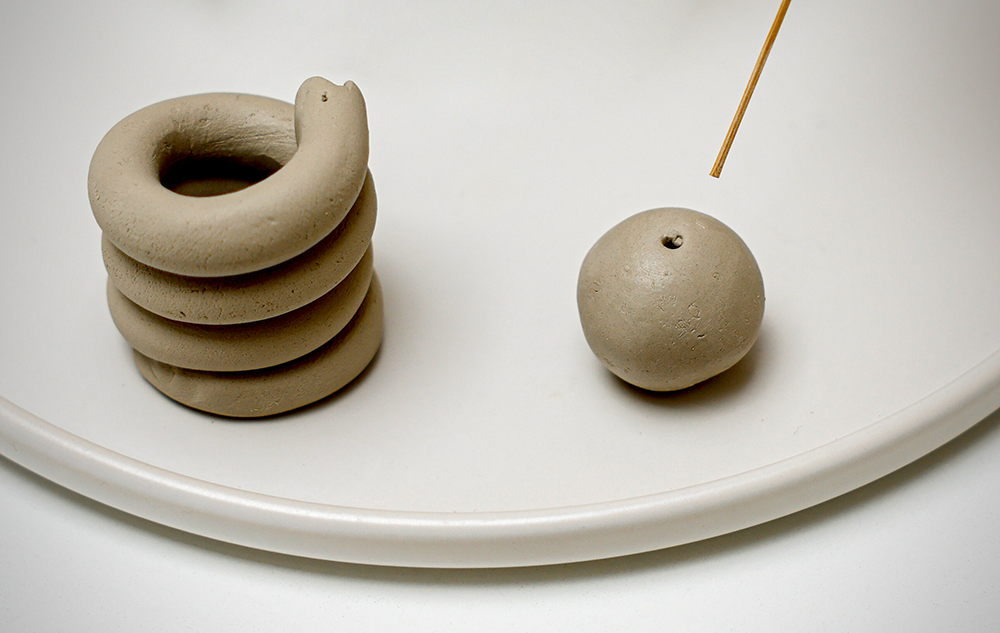
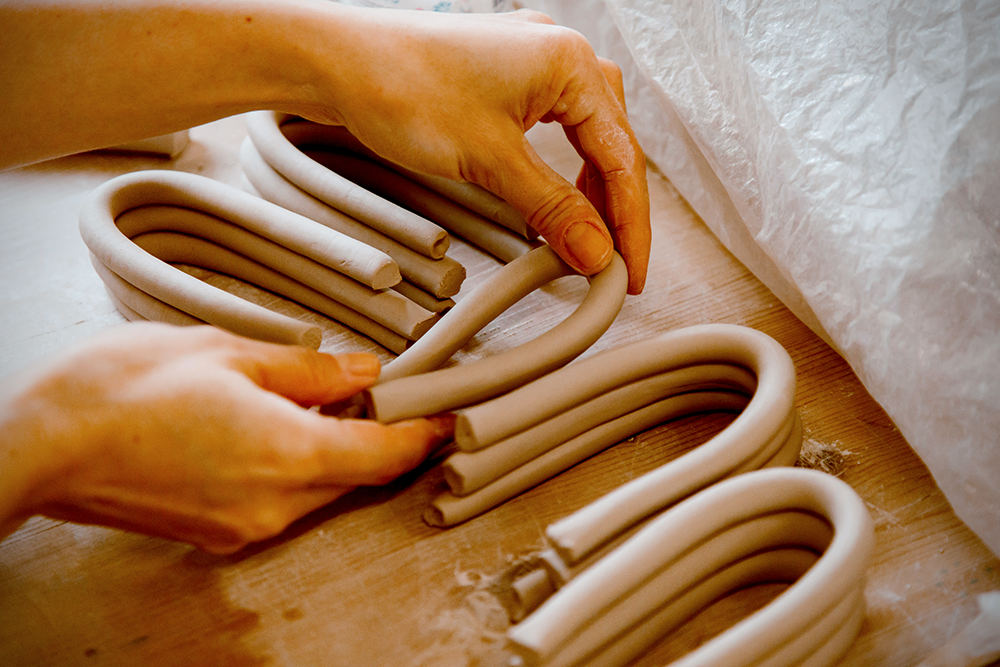

The Best Sculpting Clay for You
So, what is the best clay for your needs?
After hours of research reading thousands of Amazon customer reviews, we’ve found the top picks for all levels of creators, whether newbies, hobbyists, students, or professionals.
No matter who you are or how much experience you have, there is a perfect clay for you!
Hopefully, our findings have armed you with everything you need to know, so you can walk away happy with your purchase!
Whichever clay you choose, we hope you have fun exploring the world of sculpting!
Don't forget to tap the button to check Amazon for the best prices on sculpting clay.
Thanks for reading and here's to your incredible, new clay sculptures!

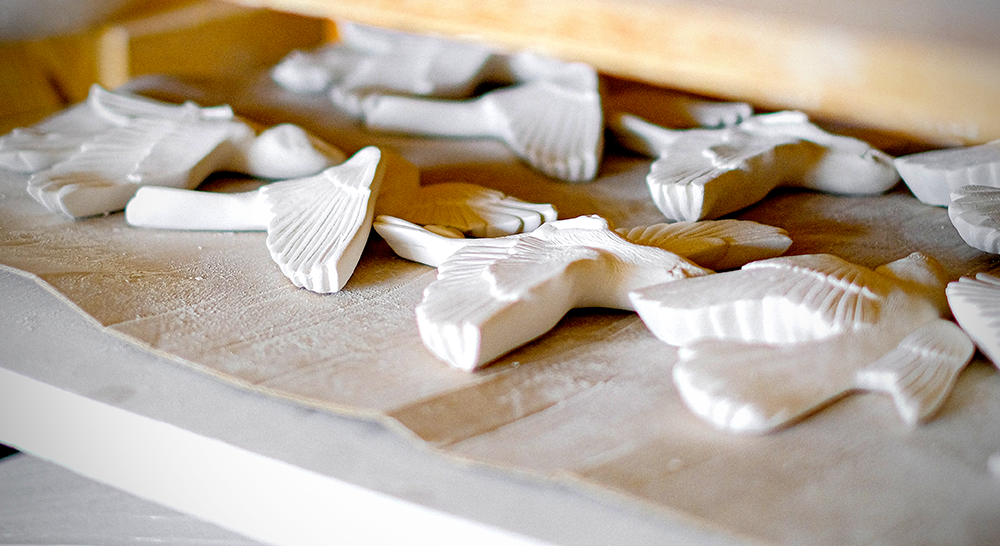
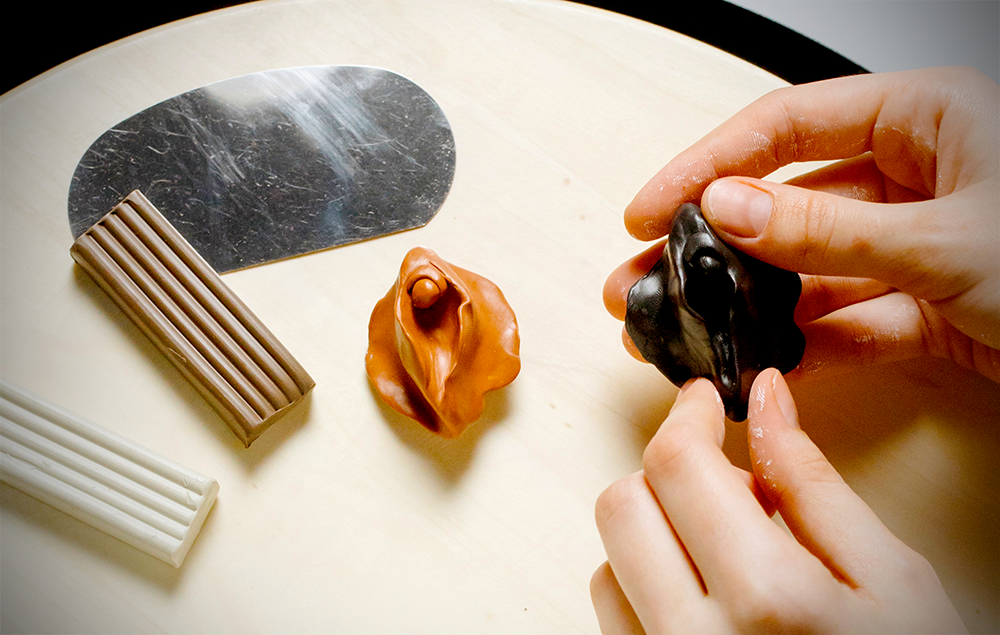
Want tips to help you get started sculpting? Check out Sofia Bue's video!
If you'd like to see artwork I've made, you can find some at Redbubble, TeePublic, and TeeSpring.
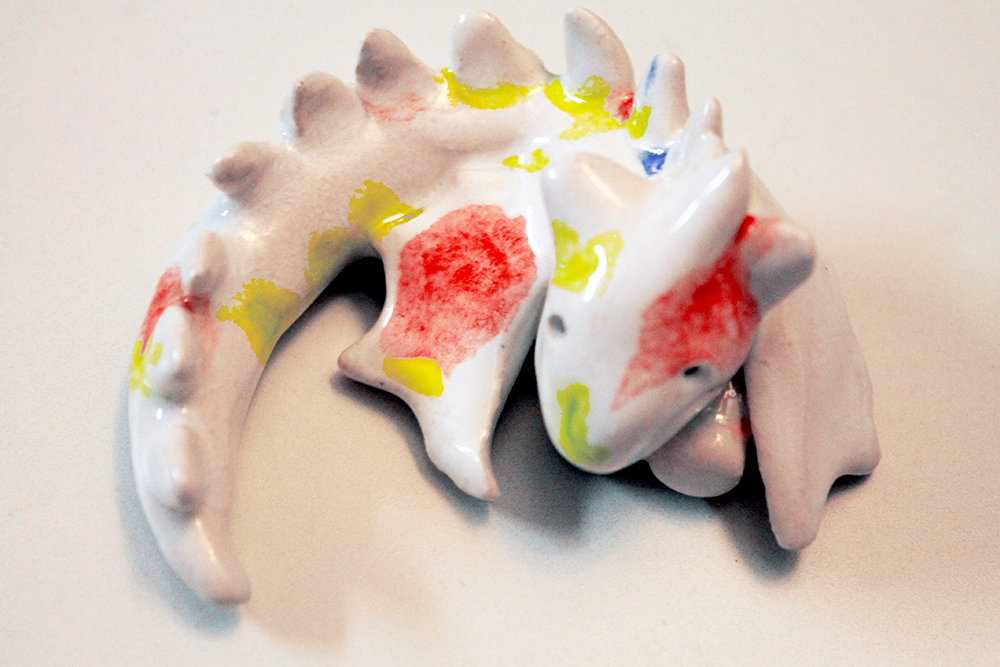
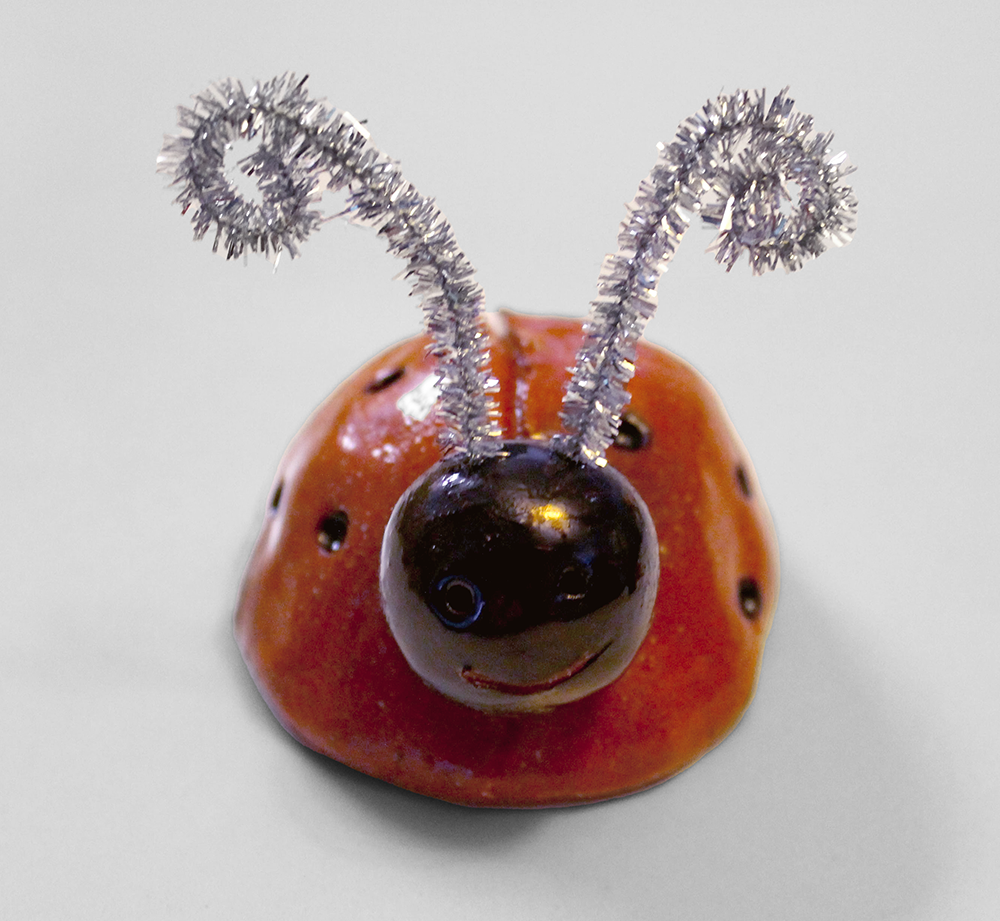

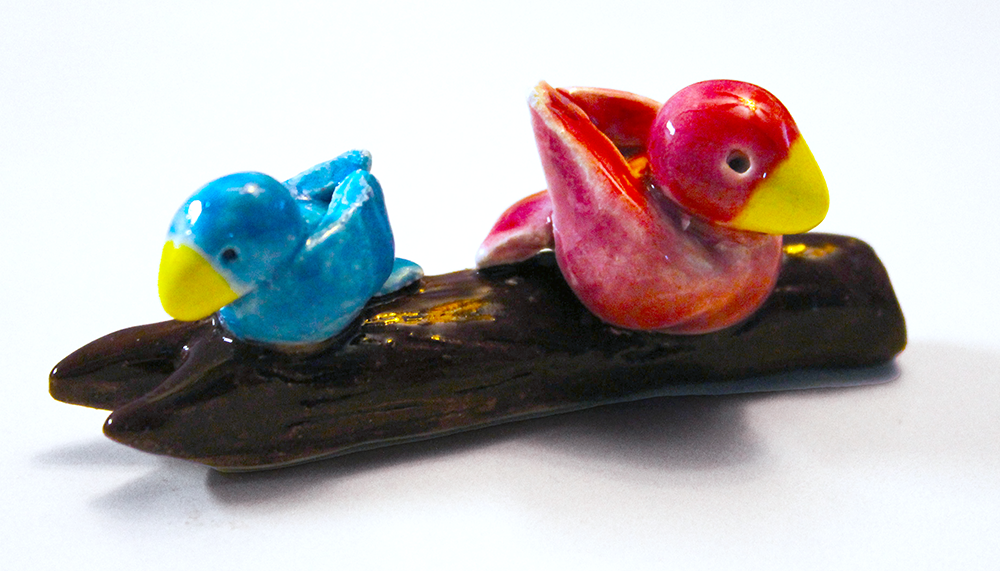
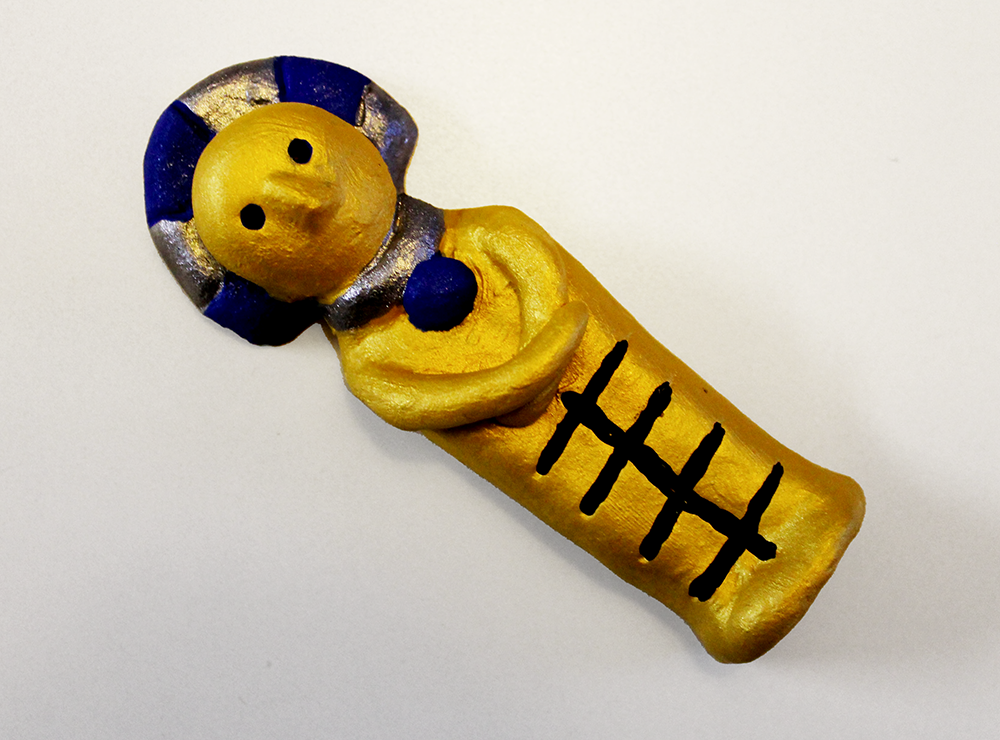
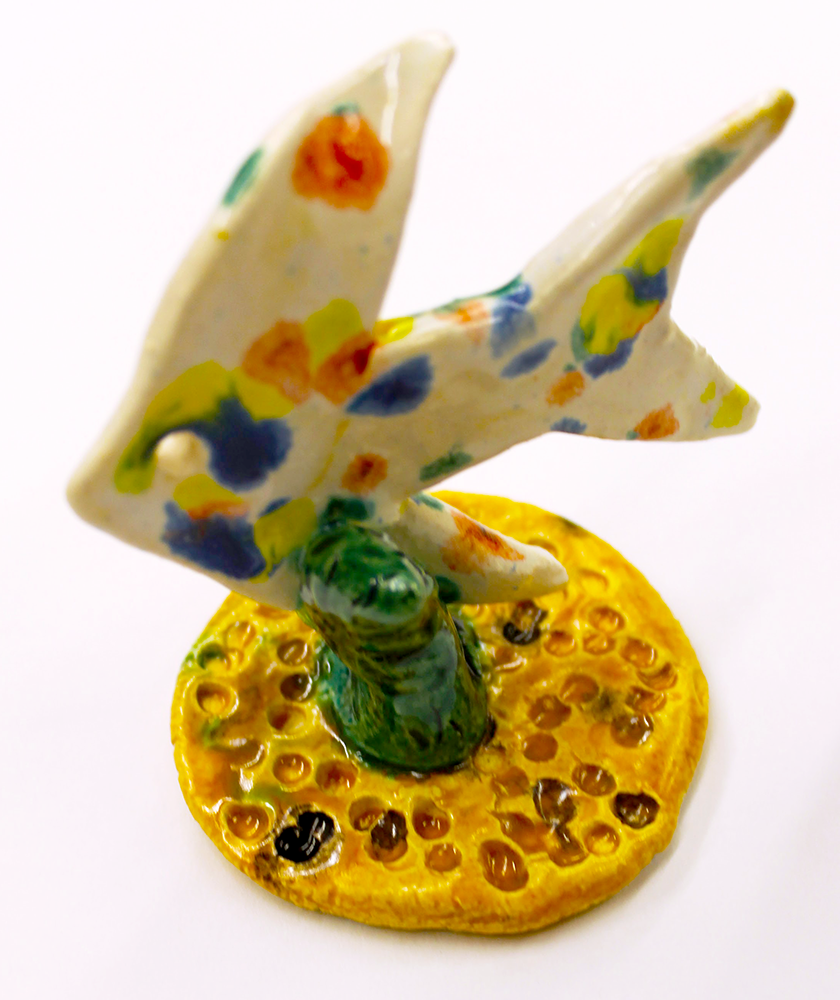

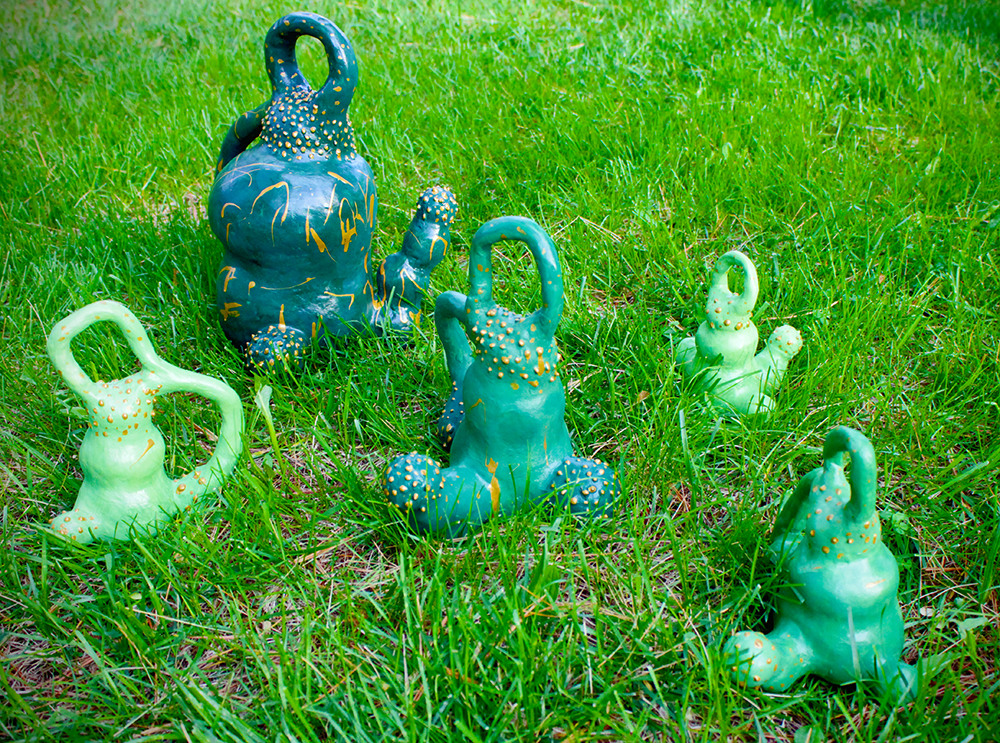
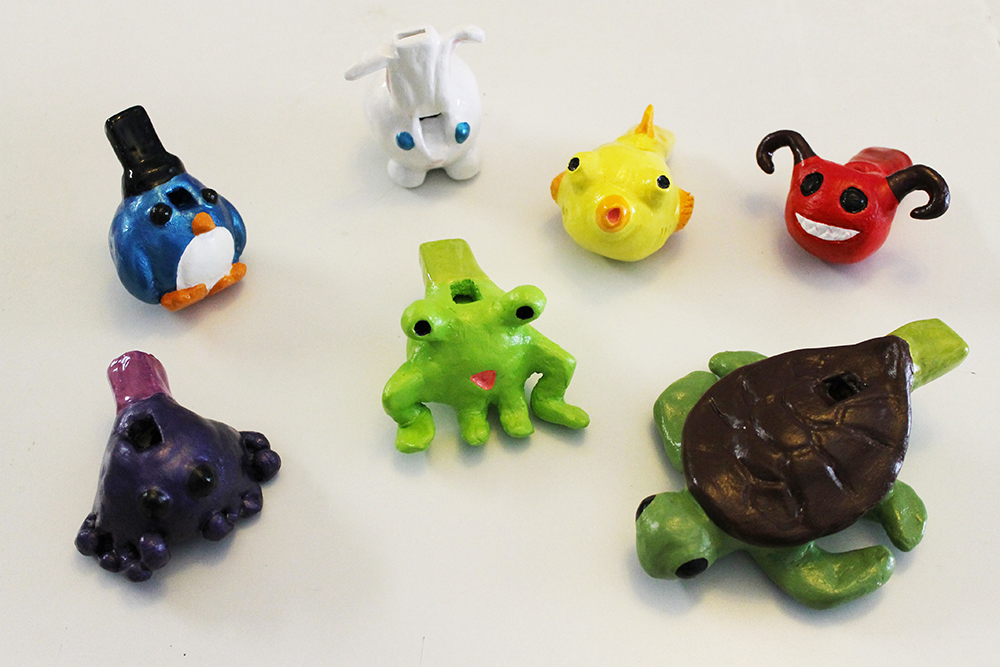


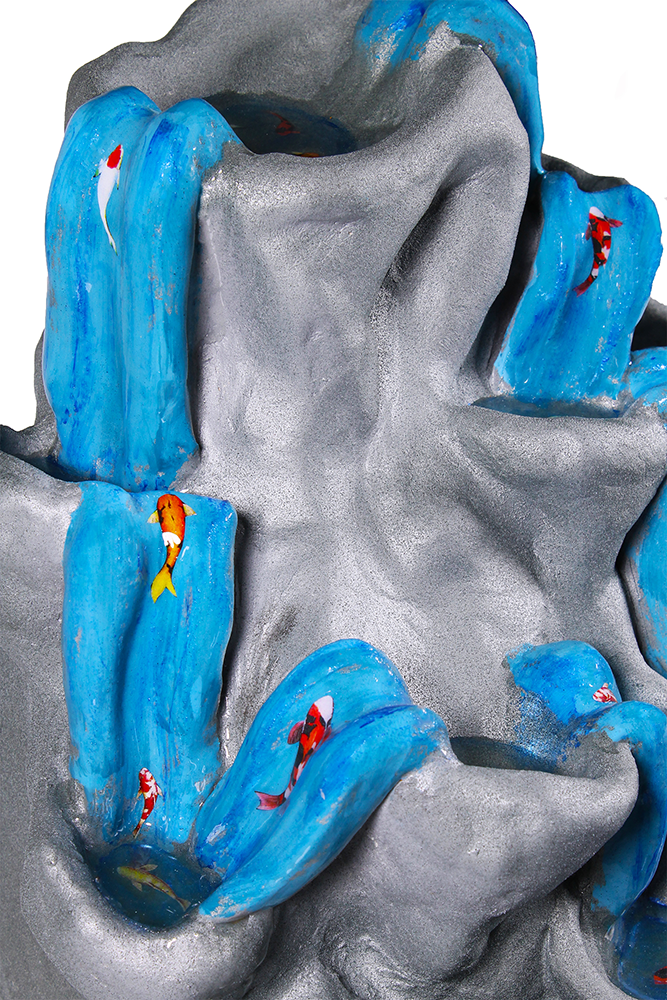


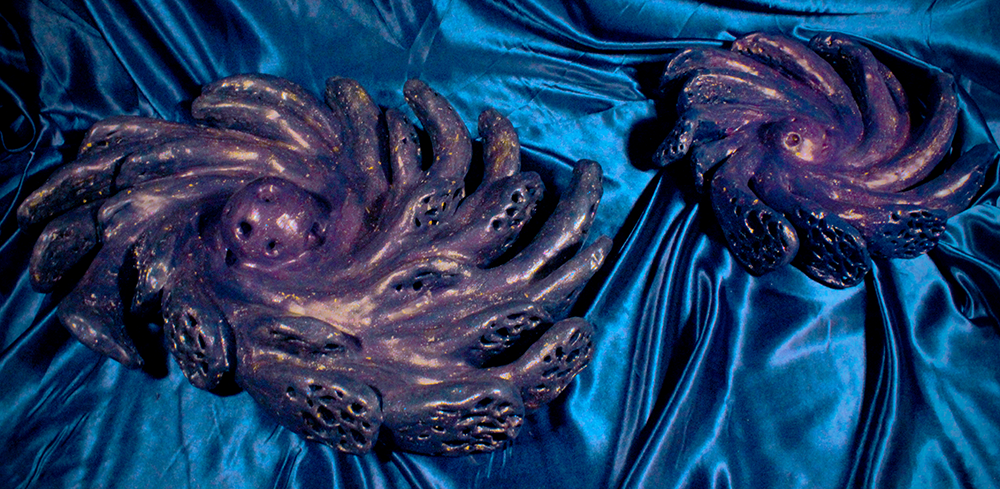
And if you love to have amazing soundtracks while creating art, like I do, you can get a 30-day free trial of Amazon Prime Music or Two Free Audiobooks from Audible Plus!
I love listening to awesome music or a great book while immersing myself in the creative process!
And if you want to take advantage of 2-day shipping, get a free 30-day trial of Amazon Prime!



If you struggle with feeling stuck and a lack of motivation, you can also check out our articles on how to find inspiration, finding inspirational music for creativity, building creative confidence in your abilities, the best crystals for motivation, and the best crystals for confidence.
If you're serious about clay, check out our clay articles:

